3 minute read
Are pollinators under threat in Ireland?
The most important pollinators in Ireland are insects, particularly bees and flies.
Only 1 21 + 77 = 98
Advertisement
Honeybee species Bumblebee species Solitary bee species Wild bee species
Globally, bees are the most important pollinators because they visit flowers to collect pollen for their Protecting pollinators brings many benefits larvae, as well as feeding exclusively on the nectar of flowers as adults. Hence, the entire life cycle of bees is dependent on interactions with flowering plants. While adult hoverflies feed mainly on nectar and pollen, the larvae of many species are voracious predators of aphids and other pests. As a result, Crop pollination hoverflies contribute to both pollination and pest control. Co-benefits Climate regulation, human health and Research has shown that more than half of Ireland’s bee species have undergone substantial declines in wellbeing, landcape numbers since 1980, with 30% of species considered threatened with extinction from Ireland according to IUCN criteria3 and culture, stable soil, reduced flood risk . Three bee species that occur in Ireland are also threatened with extinction at the Wild plant European level, and an additional four species are near threatened1. Unfortunately, we don’t have historical pollination data to assess changes in the abundance of our common wild pollinator species in Ireland. The All-Ireland Bumblebee Monitoring Scheme was established by the National Biodiversity Data Centre in 2012 to provide these data on bumblebees into the future.
Diversity of pollinators Other benefits
quote-left
Waste recycling, pest control, prey for insectivoresStudy after study confirms that maintaining pollinator diversity keeps agricultural systems and natural ecosystems resilient.”

Great yellow bumblebee: endangered in Ireland and vulnerable at the European level
Bombus distinguendus © Dara Stanley
Pollinator Status in Ireland
HONEYBEE There is one species of honeybee (Apis mellifera) in Ireland, which is managed and maintained by beekeepers. Ireland has a vibrant and growing beekeeping sector. Research has shown that the island of Ireland has a pure population of Apis mellifera mellifera, the native Irish black bee20. Elsewhere in Northern Europe, the original home of Apis mellifera mellifera, it has been severely hybridized. There are also some unmanaged free-living honeybee colonies, with some colonies persisting naturally and unaided over multiple years21. As a managed pollinator, the honeybee is not given a formal conservation assessment. It is not considered to be under threat.
BUMBLEBEES 21 species, of which six are threatened with extinction from Ireland. An additional 3 species are near threatened. Current trends within the All-Ireland Bumblebee Monitoring Scheme are based on eight common species for which there is sufficient information to accurately assess changes. The current overall trend from 2012-2019 is a year-on-year decline of 4.8%. Two of the eight individual species show statistically significant declines.
SOLITARY BEES 77 species, of which 24 are threatened with extinction. An additional 9 species are near threatened.
HOVERFLIES 180 species. An official conservation assessment has not yet occurred, but approximately 20% of species are estimated to be under threat (Martin Speight, pers comm.)
OTHER INSECTS Other insects, such as butterflies, moths, beetles, wasps, and ants visit flowers and carry out small amounts of occasional pollination. Although these insects may be frequent flower visitors, their presence does not always result in consistent or successful pollination. On the island of Ireland, 18% of butterflies22 and 8% of macro-moths23 are threatened with extinction. Butterfly populations are monitoring by the National Biodiversity Data Centre through the Irish Butterfly Monitoring Scheme, which has been running since 2007. While the conservation status of most other insects is unknown, evidence from elsewhere suggests that many species are in decline.
quote-left
While honeybees face many threats, including pesticides and disease, honeybees are not endangered in Ireland but are actually increasing. Having too many honeybees in the landscape can negatively impact struggling wild bee populations. We need to halt declines in wild pollinators and create a balanced system that has a diversity of pollinator types.”










